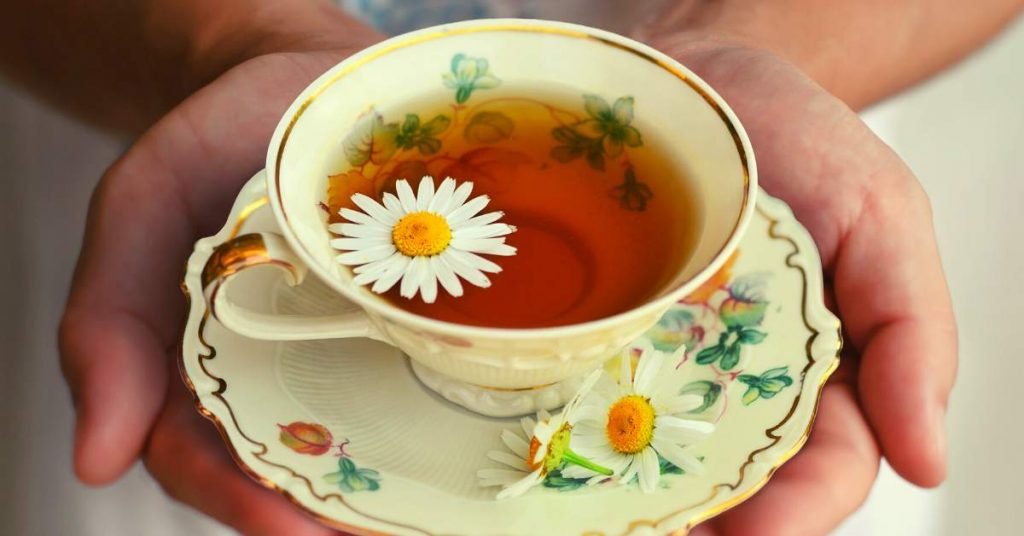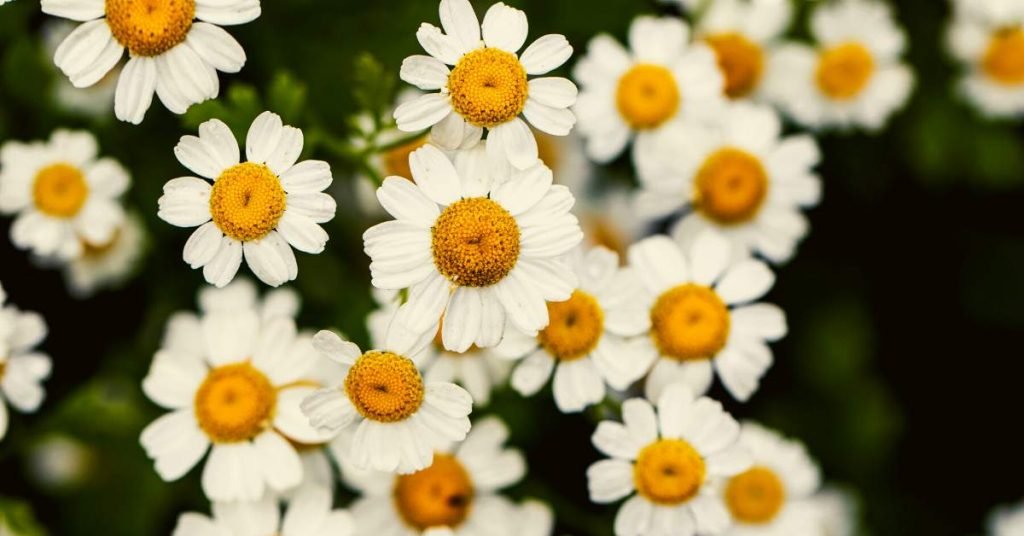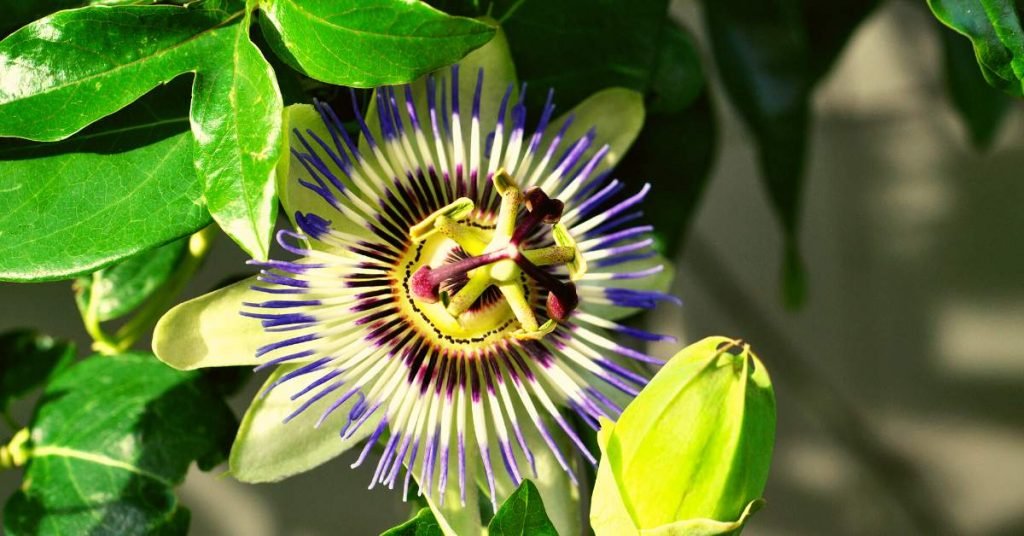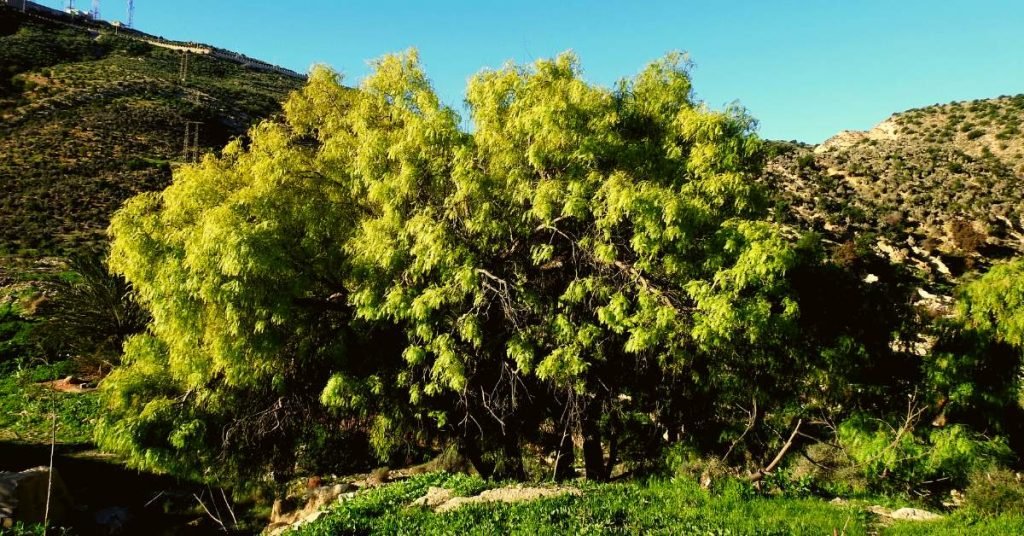More than half of the world’s population suffers from occasional or periodic migraines. Stress, diet, and hormonal changes often favor annoying episodes of pain, whether headaches or migraines.

Reducing stress and taking into account some dietary tips can help prevent migraines. It has been proven, for example, that certain foods can trigger migraine episodes.
One of the possible causes of migraine is the presence in these foods of tyramine, a substance that dilates blood vessels.
Foods that can trigger a headache usually include the following:
- alcoholic beverages
- coffee
- dairy products
- certain vegetables (beans, peas, onions, olives)
- certain fruits (avocado, citrus fruits, bananas, figs, nuts)
- chocolate
- certain additives
Another cause of migraine may be a reduction in the activity of the DAO enzyme or diamine oxidase enzyme. This enzyme metabolizes histamine ingested in the diet, so a decline in its activity increases histamine levels in the body and may favor the onset of pain.
Female hormones also interfere in the functioning of this enzyme, which makes women more vulnerable to headaches and migraines.
MEDICINAL PLANTS FOR HEADACHES AND MIGRAINES
Each migraine has a different origin, so knowing its causes is important to determine which of the natural painkillers is the most suitable for you.

Some medicinal plants can be great allies. In the case of some plants sometimes the infusion is used and sometimes the essential oil, or both. Essential oils can be used alone or in aromatherapy formulas against migraine.
They can also help to reinforce the intake of some nutrients or take them in supplement form, as is the case of magnesium or vitamin B2.
Here is a selection of some of the most effective natural analgesics for headaches and migraines.
MINT AND PENNYROYAL

Menthol is also analgesic. Therefore, sniffing peppermint essential oil helps regulate blood flow, which relieves pain.
In migraine, peppermint essential oil can also be used to massage the temples, the eye sockets, the nape of the neck, and the area behind the ears.
CHAMOMILE WITH ANTI-INFLAMMATORY EFFECT

Another valuable plant for headaches is chamomile (Matricaria chamomilla).
It owes its anti-inflammatory and sedative effect to chamazulene and bisabolol. It also possesses flavonoids and coumarins, which protect the blood vessels and have analgesic properties.
According to research by the Shiraz University of Medical Sciences, the presence of all these substances seems to confirm the indication of chamomile as a traditional remedy for headaches.
Chamomile also contains bitter substances that facilitate digestion.
How to take it: As a preventive measure, you can take 2 or 3 daily infusions (prepare them with 5 or 6 flower heads per cup) or between 100 and 200 mg of chamomile extract per day.
FEVERFEW (WILD CHAMOMILE) TO PREVENT MIGRAINE

Feverfew (Tanacetum parthenium) is an excellent preventive plant for migraine due to its antispasmodic and anti-inflammatory action. It also contains parthenolide, a natural analgesic.
How to take: 500 mg daily of dry extract reduces the frequency, intensity, and vomiting caused by migraine.
Precautions: It should not be combined with anticoagulants or aspirin.
LINDEN, PASSION FLOWER, OR WILD LETTUCE TEA

If the headache is caused by nervous tension, the most advisable is to take linden, passionflower, or lettuce tea, which has a mild antispasmodic and anxiolytic effect.
To prepare wild lettuce tea, boil a few leaves in a cup of water for two minutes.
As for linden and passion flowers, a teaspoon of dried herbs is enough to prepare a cup of tea.
WHITE WILLOW

The extract of white willow bark or its decoction relieves all kinds of pain. It is also an antispasmodic and digestive tonic.
How to take it: If you choose to take the bark extract the dose is 120 to 240 mg of salicin daily. If you choose to take it in tea, 3 to 5 g per cup is enough to reduce headaches.
If you’re looking for a special and unique flavor, check out our extraordinary selection of teas at Hummingbird Tearoom. Add any medicinal herb to one of our organic teas elaborated for your enjoyment and health.
No content on this site, regardless of date, should ever be used as a substitute for direct medical advice from your doctor or other qualified clinicians.
MEDICAL DISCLAIMER
Itsnevernotteatime.com cannot and does not contain medical/health advice. The medical/health information is provided for general and educational purposes only and is not a substitute for professional advice.




